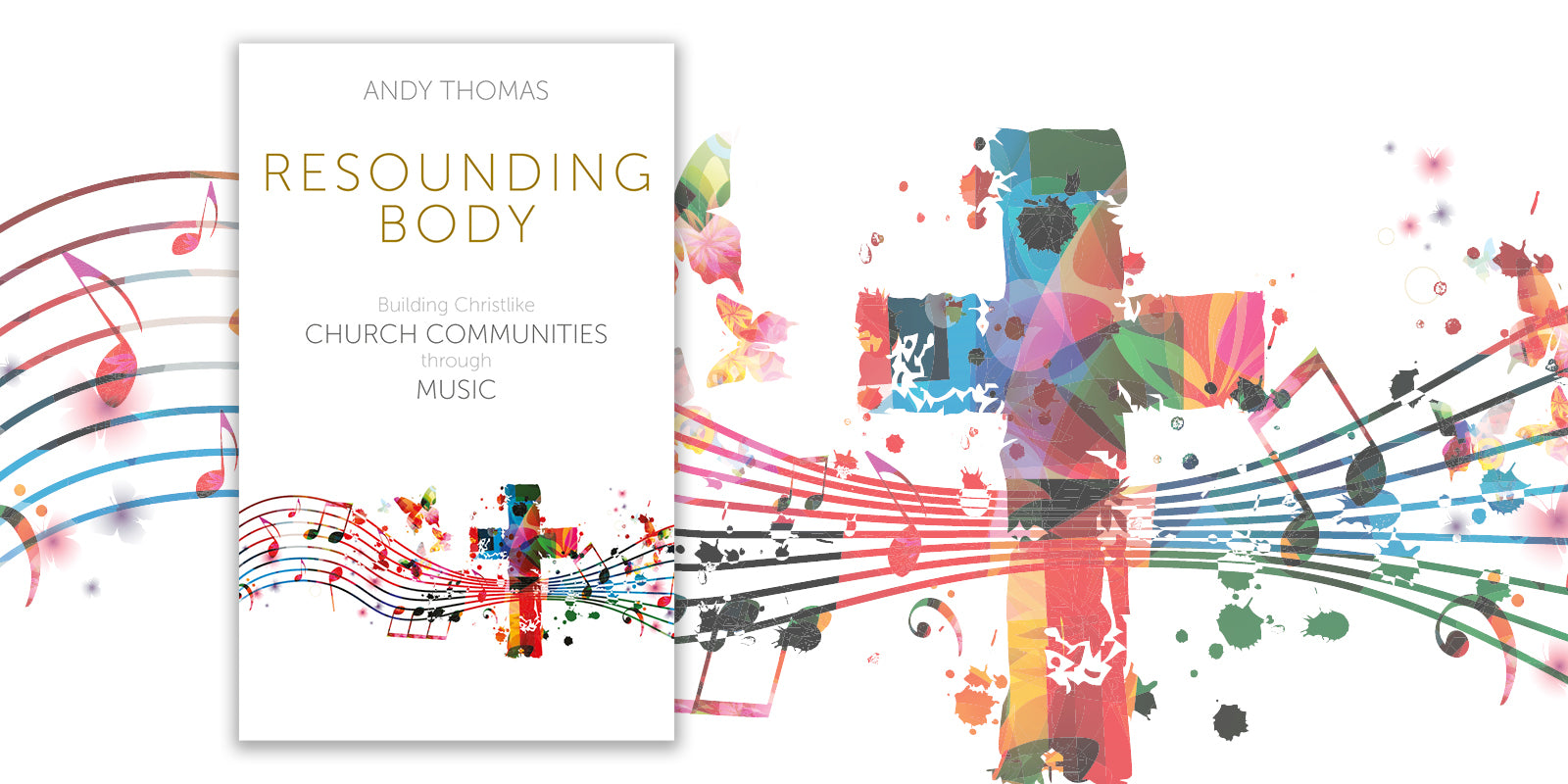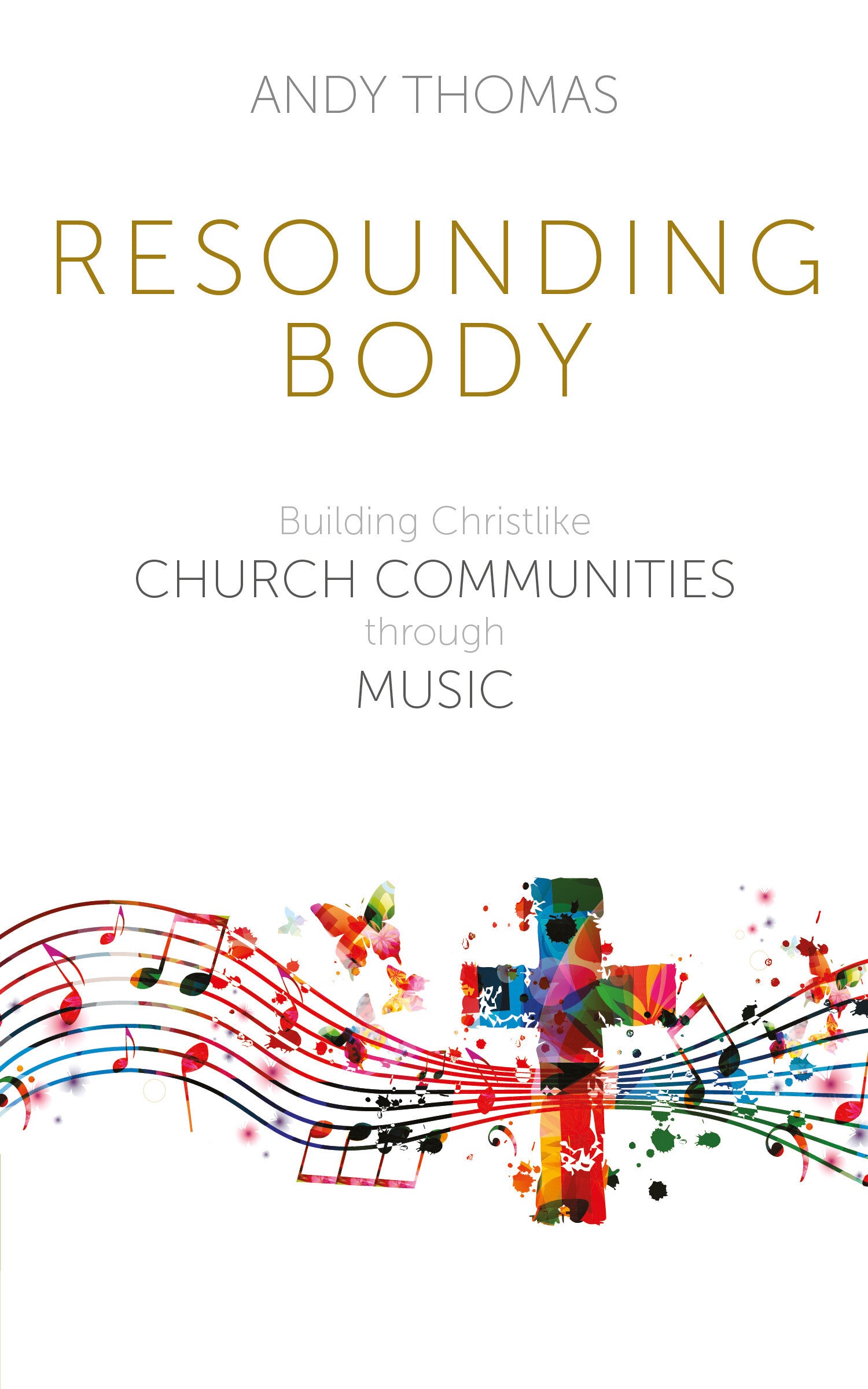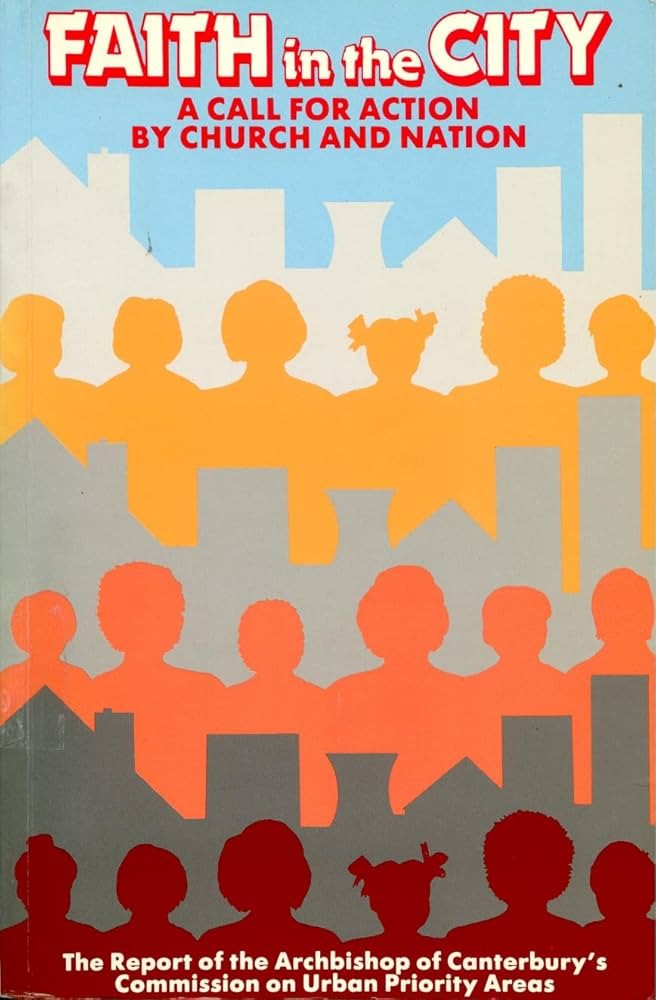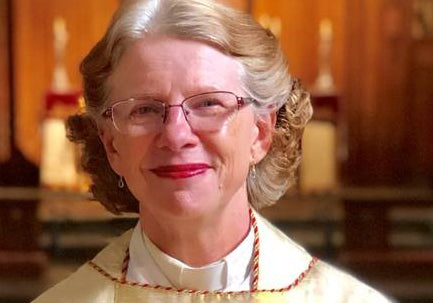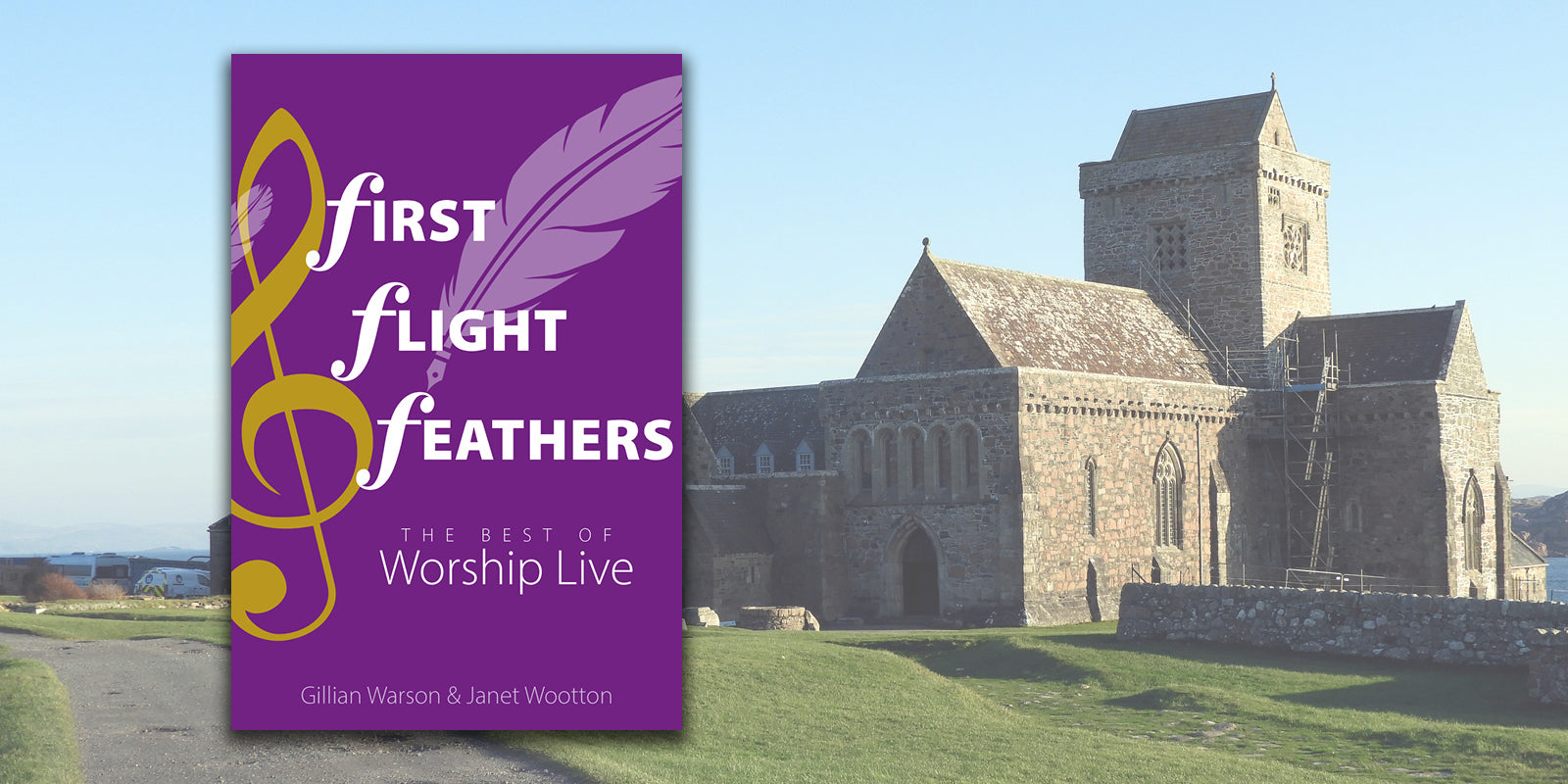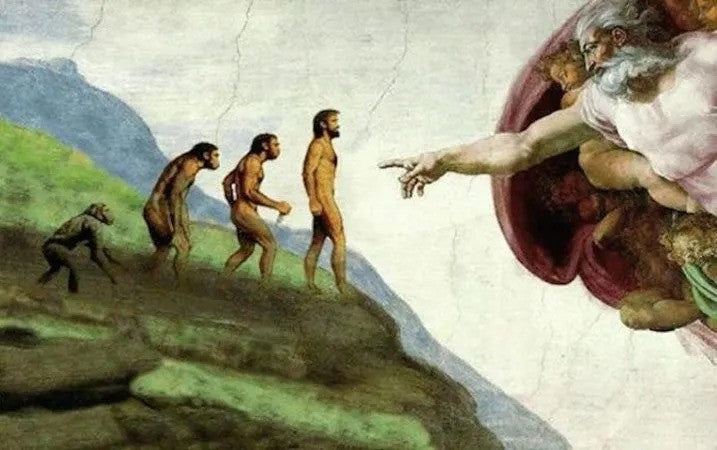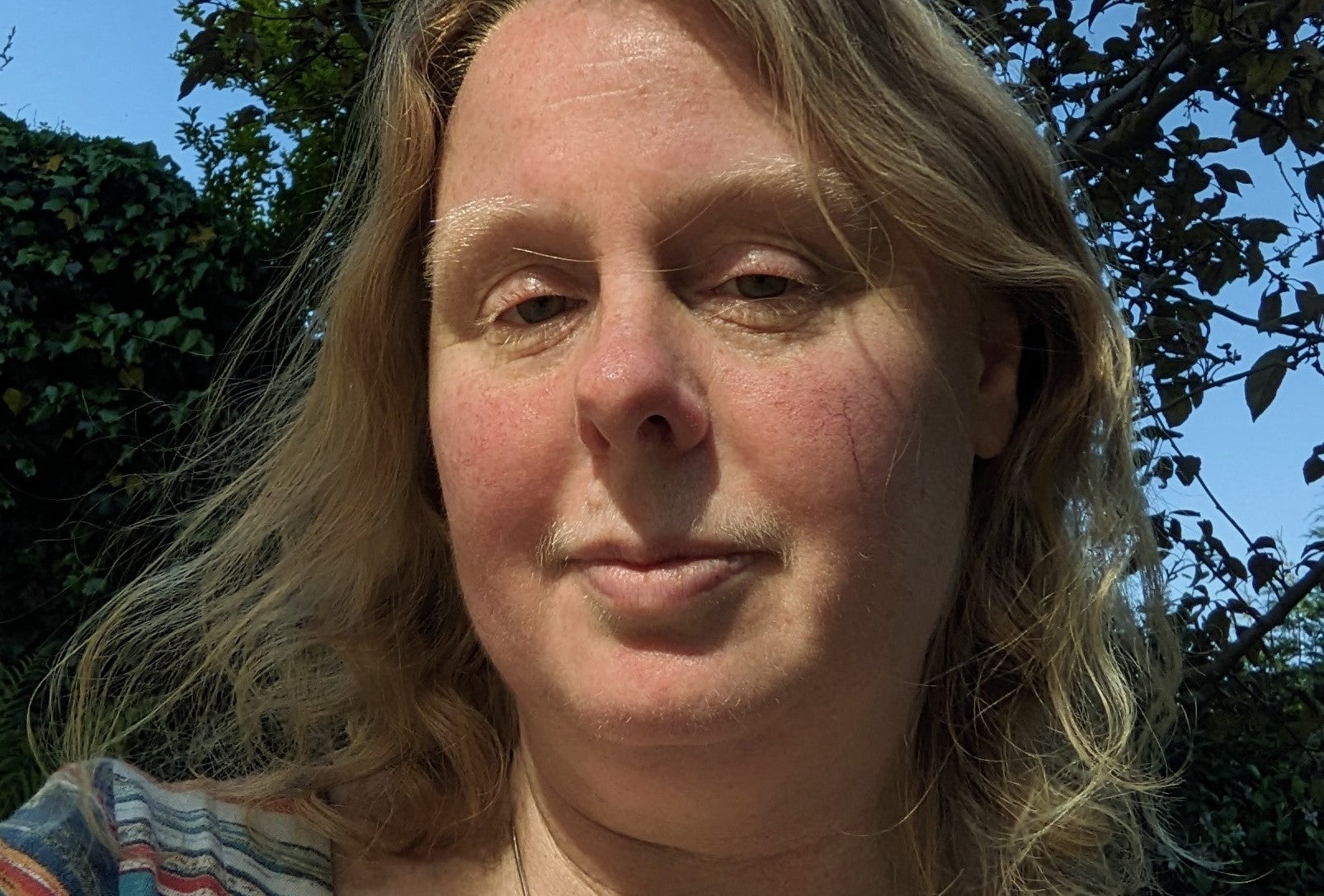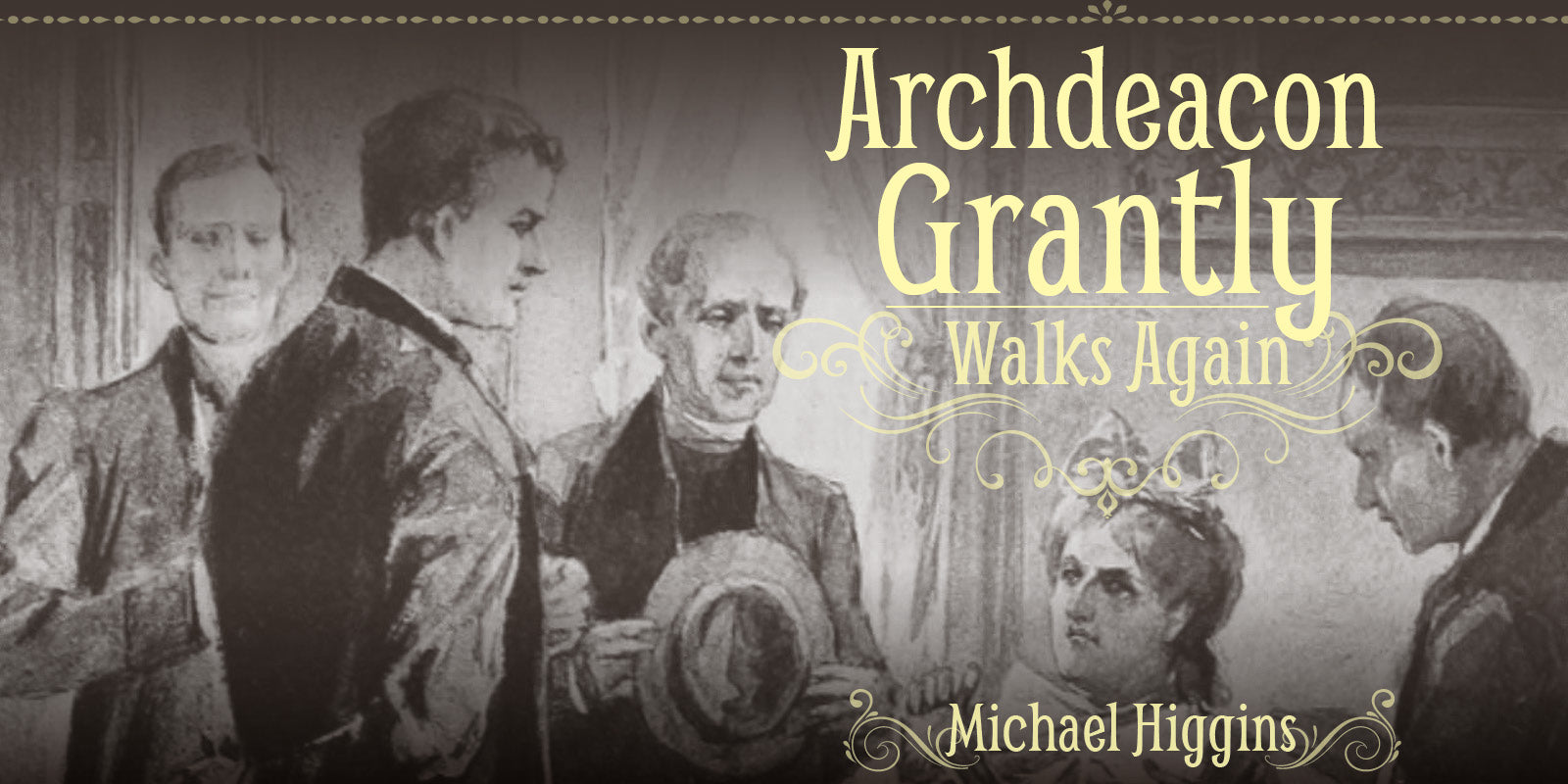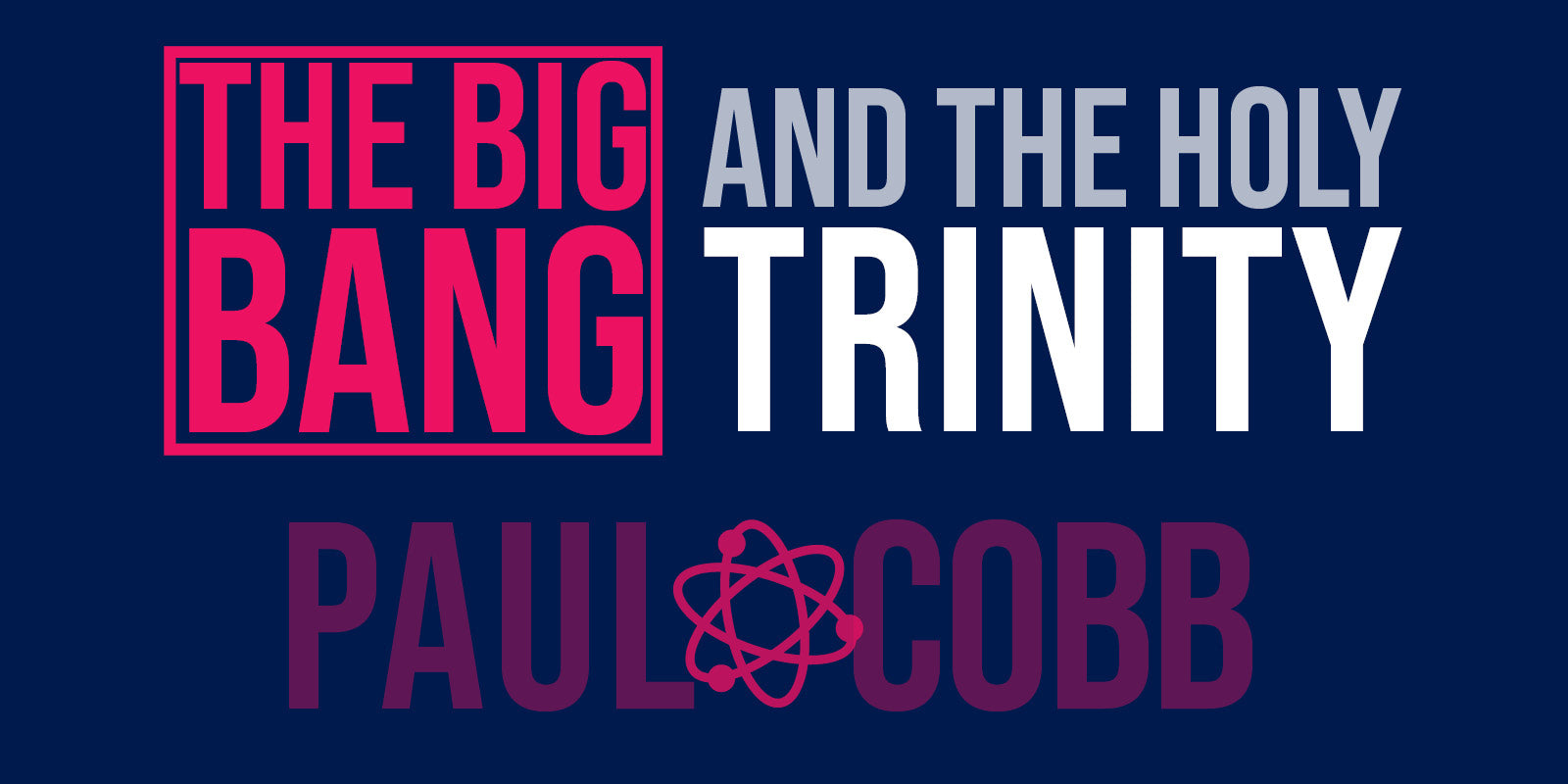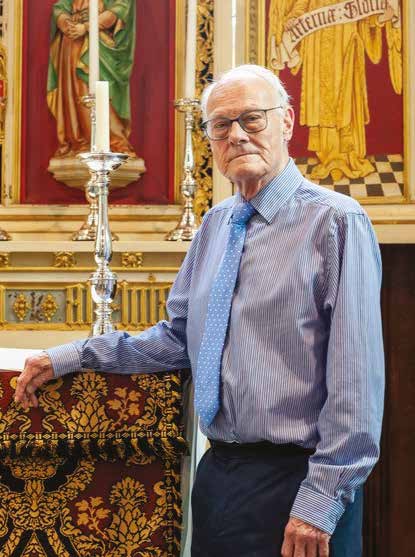GUEST BLOG: As part of our September #ThemeOfTheMonth author Andy Thomas asks us to consider the role of Church Music in instilling hope and helping us to explore the reality of Heaven on Earth.
A few weeks ago, I accompanied my first worship service in 18 months where everyone was allowed to sing. We were outside, next to the church building. It was, quite literally, a breath of fresh air.
Congregational singing is gradually returning to worship services. For many of us, it is a particularly welcome step towards normality, which is not surprising: singing and playing instruments together is often a hopeful activity. It’s one of the things we do to express hope. It can make us feel positive and optimistic about the future.
Christians sing or play, in part, because Christianity is hopeful. Yet, there is more to Christian hope than positive or optimistic feelings and – I want to suggest – there is more to the hopefulness of music-making than its ability to instil such feelings.
Christian hope resides in the Biblical vision that God is with us, right now. That Heaven – God’s dwelling-place – is not some distant realm, but one that breaks into our everyday experiences. The Biblical vision looks hopefully towards a new creation – a fresh reality that brings Heaven and Earth together – and encourages us to begin building it on Earth, modelling our behaviour on Jesus. The Biblical vision finds hope in the cross and teaches us that the selfless sacrifice it represents is how you find, rather than lose yourself.
Music-making can help us to explore each of those aspects of Christian hope. To explain how for each of them would take a book. I will focus on the first aspect I mentioned: our sense that God is with us.
Understanding place in more detail can help us to discern what it means for God to be with us, right now, wherever we are. It is clear to many who have been impacted by evocative architecture or a stunning landscape that place is central to our sense of the transcendent. However, place is not just physical – there are non-physical aspects of place, and these too can be tied to our sense of the transcendent. For instance, we often talk about the ‘ethos’ of a church and about the rules and conventions that govern it – I have felt the deepest spiritual impact where these are rooted in inclusivity.
Music is one of the tools we use to help construct non-physical aspects of place. A famous example is the Kennedy Subway Station in Toronto, Canada, where classical music was played in order to repel ‘nefarious youths’. This is the use of music to exclude. In contrast, accompanying hymns and songs outside of the church building – as I described above – felt like a very inclusive use of music – sending the message that the sacred is not confined to the space within the church walls.
Learning music by rote is inclusive in the sense that it is not just available to the select few who can read musical notation. It can also create a strong sense of place. At the first church I attended, when I was a teenager, very few people were able to read music. Yet, each service was alive with music, including singing most of the liturgy, all of which was learned by ear. I will always remember the way the Kyrie was sung, because it differed slightly from the notation, which I could read. It bothered me at first, despite the fact it made little musical difference, but over the years I have come to appreciate the way it was unique to that community. Whenever I think of that piece of music and that small ‘discrepancy’, I think of the physical building and the community that gathers there.
Music not only helps us to construct place; it also helps us to explore the place we are in. This is most obvious in terms of physical characteristics, such as the acoustics of a building, but music also reflects non-physical aspects of place, such as the local culture. The minimalist composer John Cage’s piece 4’33’’ encourages us to explore our immediate surroundings in a very direct way. It consists of 4 minutes and 33 seconds of silence. The effect is to focus us on the ambient sounds during the performance – almost to make the world around us the music. I find this to be incredibly evocative in a way that prompts me to rethink how we frame silence during worship. Rather than worrying about ‘noise’ that interrupts the silence, perhaps the point is to invite the noise and seek the transcendent within it.
Music is equally helpful in nurturing our anticipation of a new creation and exploring the hope represented by the cross. We use music all the time to envisage fresh realities and to motivate us to build them in our local communities and beyond. This is partly through singing or playing instruments together, which gives us a visceral sense of how we could treat each other in a more self-sacrificial, Christlike manner. It is also through simply listening to music and experiencing the way it helps us to imagine unfamiliar worlds and situations. Indeed, some church organists moonlight as live accompanists for silent movies.
In sum, perhaps we can distinguish between two ways in which church music is hopeful. There is the obvious, but nonetheless important, way in which music helps us to feel and express hope. However, music is also deeply hopeful, particularly in a Christian context. By making music together, we can explore the Biblical vision underpinning Christian hope and instil it in our communities.
Andy Thomas is an organist, pianist and choir director with over 25 years’ experience of reinvigorating music in churches from different Christian traditions in the UK and overseas. His Book Resounding Body is being featured as part of our September #ThemeOfTheMonth: Music as Worship – get your copy here!
